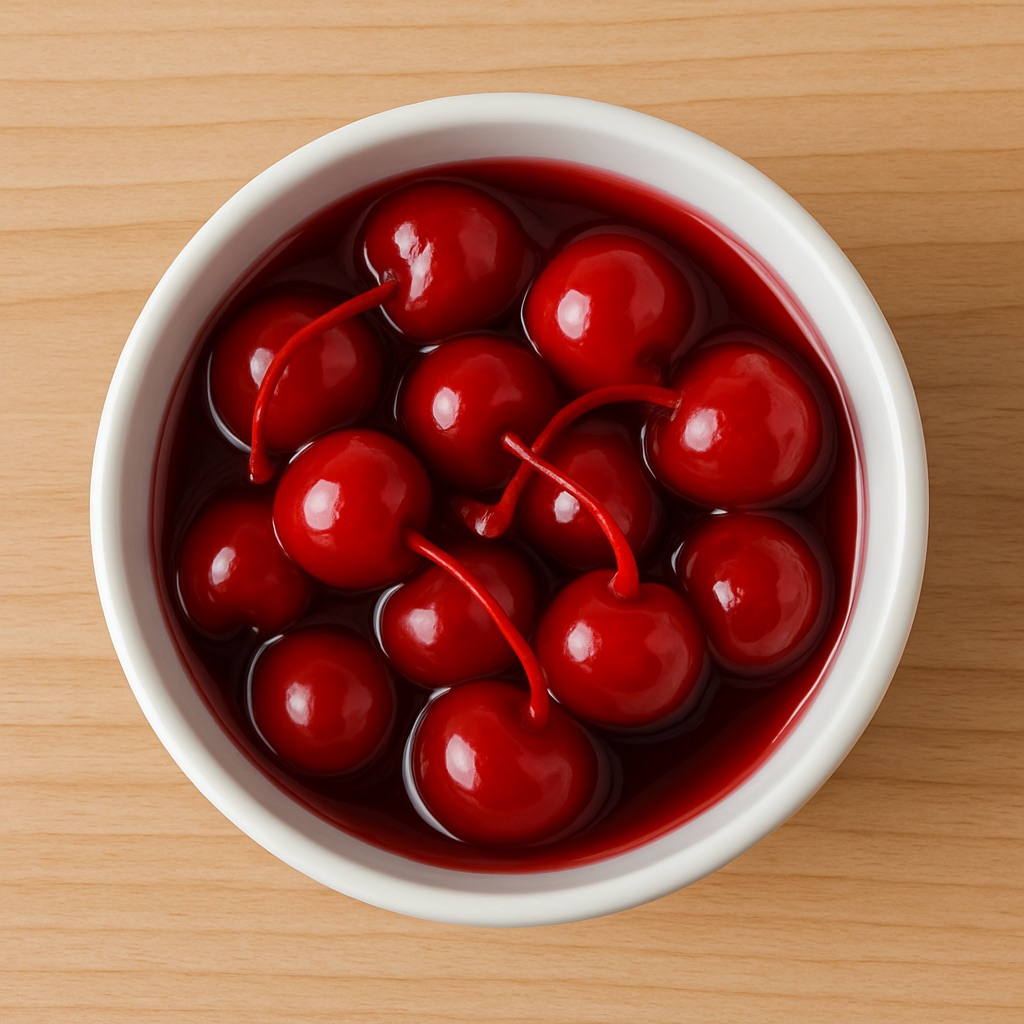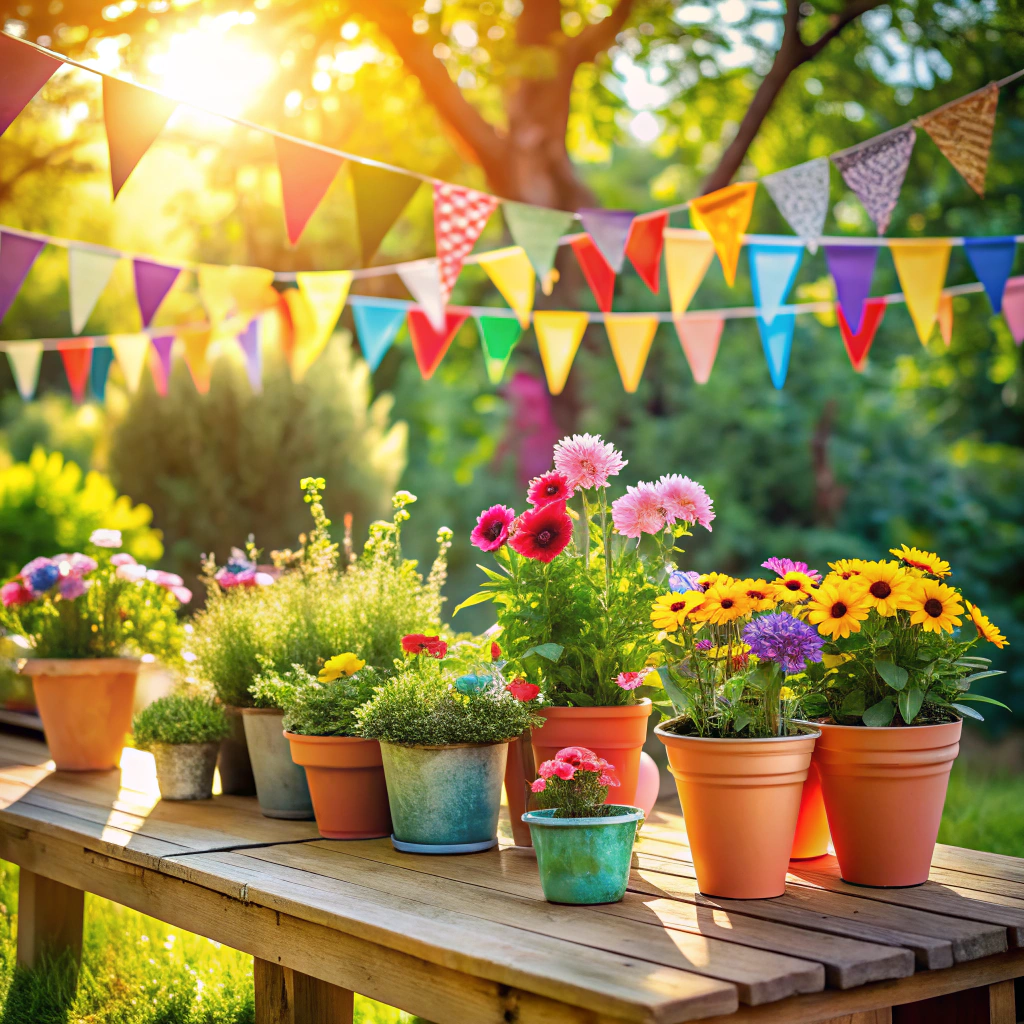Last updated on
Learn how to create and apply dark green chalk paint to transform your furniture with a vintage charm.
Key takeaways:
- Start with clean, dry surface; wipe down and lightly sand.
- Stir paint thoroughly; use high-quality brush for even coats.
- Work in small sections; consider using a roller for large areas.
- Let paint cure fully; paint in well-ventilated area.
- Apply Clear Chalk Paint Wax for protection and sheen.
Application Guidance
When applying dark green chalk paint, start with a clean, dry surface; wipe down the item with a damp cloth to remove dust and debris. If the piece has a glossy finish, lightly sand it to help the paint adhere better. No primer is necessary with most chalk paints; however, for woods prone to bleeding, like cherry or mahogany, a stain-blocking primer can prevent discoloration.
Stir the paint thoroughly before use, as pigments might have settled at the bottom. Use a high-quality synthetic brush to apply the paint, which reduces brush marks and creates a smoother finish. Apply the paint in thin, even coats to avoid drips or buildup. Dark green chalk paint typically covers well, but depending on the desired opacity, a second coat might be necessary. Allow the paint to dry completely between coats; check the manufacturer’s recommendations for drying times.
While painting, maintain a wet edge to avoid noticeable brush strokes. Work in small sections, and don’t overload the brush with paint to maintain control. If painting a large area, consider using a small roller designed for smooth surfaces to expedite the process and ensure even coverage. After the final coat, allow the paint to cure fully; this can take up to 24 hours depending on the product and environment.
Painting in a well-ventilated area not only helps with drying but also ensures your safety, especially when working indoors. Remember, light touch-ups can be done after the paint has dried, but major corrections are best handled by sanding down and repainting the affected area.
Amsterdam Green
Inspired by the exterior of traditional Dutch houses, Amsterdam Green exudes elegance and depth. This rich shade of green transforms furniture and walls, providing a classic finish that is both striking and timeless.
To achieve the best results with this hue:
- Start with clean, lightly sanded surfaces to ensure paint adherence.
- Apply thin, even coats to avoid drips; two coats usually suffice for full coverage.
- Incorporate accents in warm metallics like brass or gold to highlight its classical heritage.
- Enhance depth by layering with Dark Chalk Paint® Wax, which enriches its verdant tones.
- Pair with neutral creams or bold terracottas for a balanced color palette.
Embrace Amsterdam Green for its versatility and create a statement piece or a subtle background in your space.
Malachite-Effect Table Top
Creating a faux malachite effect on a tabletop infuses it with the opulent look of a precious stone. To achieve this luxurious finish with dark green chalk paint, follow these steps:
- Begin with a clean, smooth surface; any imperfections can detract from the final look.
- Apply a base coat of dark green chalk paint and allow it to dry completely. This layer sets the stage for your malachite design.
- Using a slightly lighter green shade, add veins with a fine artist’s brush to mimic the natural patterns found in malachite stone. Vary the pressure and angle of your brush to create organic lines.
- Soften the lines with a dry brush technique, gently feathering the paint while it’s still wet to blur the edges.
- Once dry, accentuate the veins with touches of white or metallic gold to highlight the intricate patterns.
- Finish with a coat of clear wax to protect your artwork and add depth to the colors.
Remember, this technique requires patience and an eye for detail to convincingly replicate the look of malachite.
Green Ombre Distressed Cabinet
Achieving an ombre effect on furniture adds depth and visual interest. Here are some points to consider when creating your green ombre distressed cabinet:
1. Choose Your Colors: Select at least three shades of green chalk paint that blend well together, ranging from dark to light.
2. Base Application: Start with the darkest green as your base color and apply it to the bottom of the cabinet. Ensure even coverage for a solid foundation.
3. Blending Technique: While the base layer is still slightly wet, apply the middle shade above the dark layer and blend where they meet. Use a dry brushing technique to soften the transition.
4. Top Gradient: Apply the lightest green at the top, blending downwards. This creates the gradient effect central to the ombre look.
5. Distressing Details: Once the paint is dry, use sandpaper to gently distress the edges and areas where natural wear would occur, exposing some of the wood beneath.
6. Seal the Paint: Protect your work with a clear chalk paint wax, applying it in thin layers to maintain the integrity of the ombre effect.
Each step contributes to a cohesive look that showcases progressive shading and a tastefully distressed, vintage charm.
Clear Chalk Paint® Wax
To seal and protect your dark green chalk painted surfaces, applying Clear Chalk Paint® Wax is a must-do step. This wax adds a durable finish and a subtle sheen, enhancing the deep hue of your paint. It’s also simple to apply: with a brush or a lint-free cloth, work the wax into the paint in a circular motion, then wipe off any excess. No need to worry about quick drying times – the wax remains workable for a fair amount of time, allowing you to achieve an even coat with ease.
Here are a few points to consider when using Clear Chalk Paint® Wax:
- Ensure the painted surface is completely dry before applying wax.
- Apply in thin, even layers to avoid a tacky finish.
- For extra protection or to increase sheen, apply additional coats, but always let the prior layer dry first.
- Buff the wax after drying to bring out a more pronounced luster.
- Keep in mind that waxed surfaces can be touched up with more wax, but will need to be completely removed if you plan to repaint.
By following these steps, your chalk painted projects will not only look professionally finished but will also withstand the test of time.
Recap:




